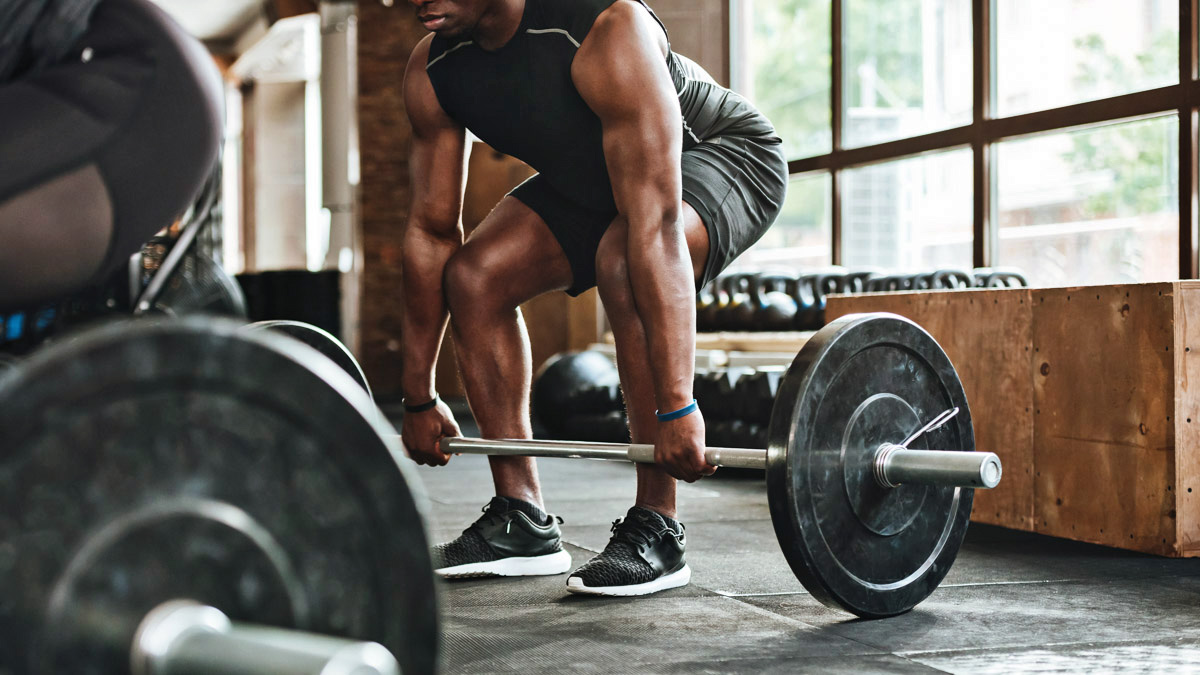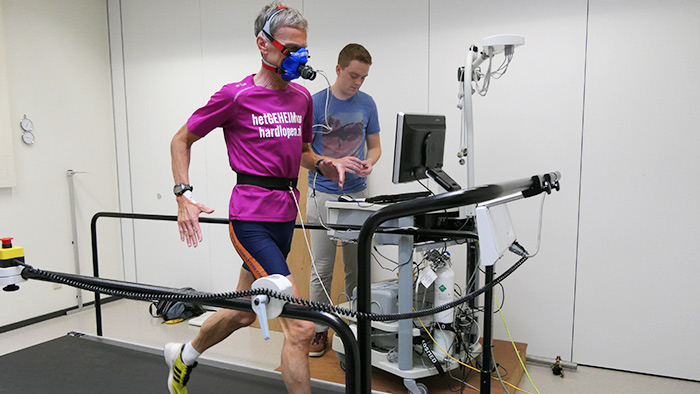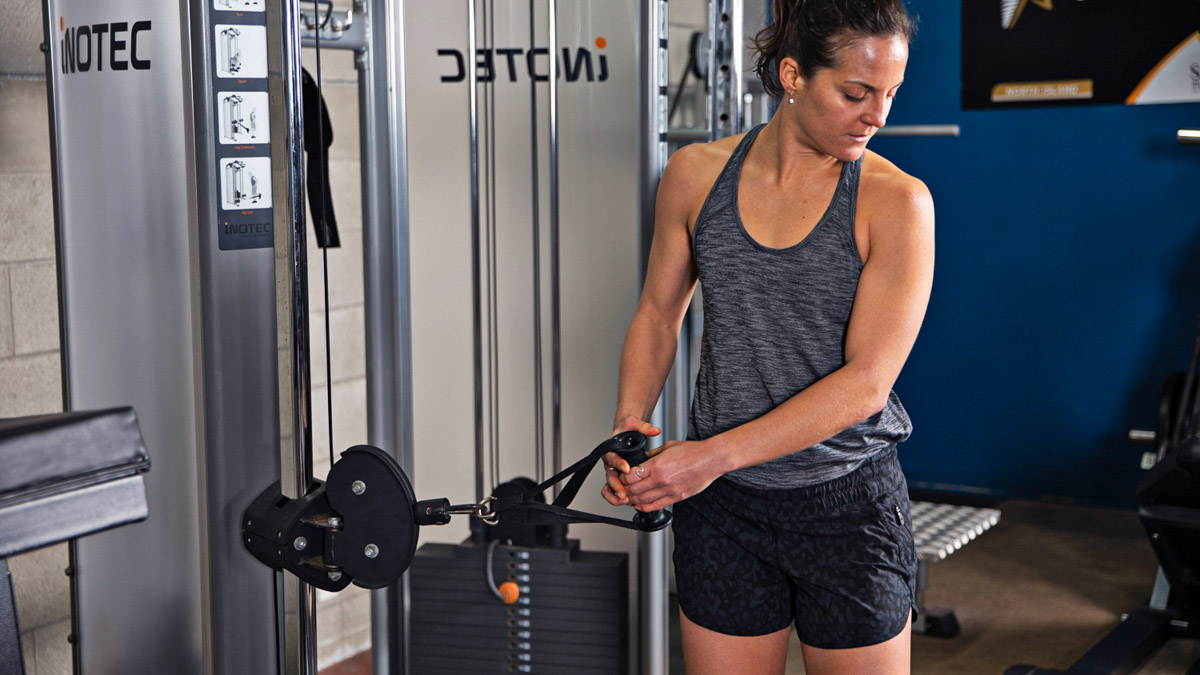Despite much evidence supporting the profound benefits of strength training for endurance athletes, year-round strength training is not commonplace in many athlete’s programs. As a coach, I always want to explain the ‘why’ to my athletes before prescribing anything. Outlined below are just a few of the reasons why you definitely should go to the gym year-round.
More Than Just VO2 max
Early research in endurance performance found that the fastest runners had the highest VO2 max values relative to bodyweight. Since that time, VO2 max has been enshrined as the most important metric for performance in many people’s eyes. Of course, it is true that a Tour de France winner must have an exceptionally high VO2 max. However, more recent research has shown that VO2 max is not the most accurate predictor of performance.
This notion is most relevant for experienced endurance athletes. If everyone on the start line has been training for many years and has similar VO2 max values, what really sets them apart? What has become clear is that it is not just how much oxygen you can consume, but how effectively you can use that oxygen during exercise. For this reason, economy has been shown to be a very important metric for performance.
Why Economy is Important
Economy is your ability to sustain a given velocity or power output with a certain VO2 value. The athlete with the lower VO2 value at a given power/velocity will be the more successful athlete, because a lower VO2 value means a lower energy cost and less fatigue. This was elegantly shown in a study by Costill and Winrow when two runners with the exact same VO2 max had a 13-minute difference in their marathon PR. The difference? Running economy.
Here’s another way to look at it: you do threshold intervals at 300w at 70% of your VO2 max. If you improve your economy, you may do 300w at 67% VO2 max. The result is that your relative effort for the given power is lower, resulting in a threshold increase without any change to your VO2 max.
Economy can be improved by teaching your muscles to work together in the most, well, economic way possible. The better your muscles are able to coordinate movements, the better you will be able to use oxygen to maintain your power/velocity.
How Gym Work Can Give You An Edge
You can improve your economy simply by practicing your sport. This is especially true for those just getting started — it isn’t hard to delineate a novice runner or cyclist from an experienced one just by their form. However, those that have been training for many years have likely refined their technique such that their economy will not be improved much more just by training on the road.
Additionally, a seasoned veteran has most likely “tapped out” their VO2 max. Everyone has a VO2 max ceiling that is genetically predetermined, and after years of consistent training, most athletes have reached this ceiling. These experienced athletes must seek new training methods to continually improve. Different sport-specific workouts will continue to help you refine your fitness, but the gym is also an extremely time-effective way to break that plateau, especially if you have not done much strength training before.
Improve Your Economy
There is conclusive evidence that strength training will improve your economy. Strength training works your muscles in ways that are simply not possible by running or cycling. When you lift heavy things or do explosive plyometrics, you maximally recruit all of your muscle fibers. Over time, this results in enhanced neuromuscular recruitment, which is essentially the connection between your brain and muscles.
After even just a few strength training sessions, your body will learn to recruit your muscles more synchronously. All of the muscle fibers will learn to work in unison. Your body will also learn to send stronger signals to your muscles, resulting in greater force production. Done properly, this new ability will transfer over to your sport and teach your muscles to work together and improve your economy.
For runners, strength training can increase the stiffness of your muscles which helps you to store elastic energy. Basically, your legs will have a bungee cord effect which can help propel you without increasing energy expenditure.
Improve your Power
In addition to improved economy, gym training will also improve your power across the board. As many athletes know, Power = Force x Velocity. Heavy lifting will improve your ability to produce force at any velocity, hence improving your power. Explosive plyometrics are also an essential part of any successful strength training program as they will help transfer the improved force production into precious power numbers.
Improved power production results in yet another mechanism that improves your economy. When you have a high ability to produce force, the low forces used in cycling and running become child’s play. The forces used with cycling or running will decrease relative to your maximal force production. This means that you will not have to recruit as many inefficient Type II muscle fibers at submaximal intensities and that you will be able to rely more on economical Type I muscle fibers, which are better suited to endurance activities. This will help to preserve those Type II muscle fibers and glycogen stores for when you need them most in the final sprint of a race.
On the subject of final sprints, gym work will give you a big boost in your anaerobic capacity and final sprint. There’s a reason why the gym is a big component of a track sprinter’s training regimen!
Make Gym Work a Regular Component of your Training Plan
A big obstacle to people beginning a strength training program seems to be that they don’t think they have the time. However, by spending a little less time on the road and using that time in the gym, there’s a good chance you will see some big improvements.
One study replaced 32% of the study’s runners’ normal training with gym work, while the other group spent 3% of their normal training in the gym. The 32% group improved 5k times, running economy, and anaerobic capacity — no change was observed in the 3% group. This occurred without any change in VO2-max between groups.
Not all strength training programs are created equal. If you are not choosing the right exercises, loads, or recovering enough, you are wasting your time in the gym. If you are unsure of how to start in the gym, seek out a qualified coach. Every athlete that I coach is encouraged to begin strength training.
Many athletes find that once they get in the gym and start seeing improvements, they enjoy it almost as much as their normal training. We haven’t even touched on how strength training will prevent injury, fight aging, and improve your health. Over time, I am sure that strength training will become commonplace for all endurance athletes. Jump on the bandwagon right now — you won’t be sorry!
References
Beattie, K. et al. (2014, February 15). The Effect of Strength Training on Performance in Endurance Athletes. Retrieved from https://link.springer.com/article/10.1007/s40279-014-0157-y
Conley, D.L. & Krahenbuhl, G.S. (1980). Running economy and distance running performance of highly trained athletes. Retrieved from https://www.researchgate.net/profile/Gary-Krahenbuhl/publication/15744615_Running_economy_and_distance_running_performance_of_highly_trained_athletes/links/59d698f8aca27213df9e81b4/Running-economy-and-distance-running-performance-of-highly-trained-athletes.pdf
Costill, D.L., & Winrow, E. (1970, May). A comparison of two middle-aged ultramarathon runners. Retrieved from https://pubmed.ncbi.nlm.nih.gov/5269819/
Johnson, R.E. et al. (1997, November). Strength training in female distance runners: impact on running economy. Retrieved from https://journals.lww.com/nsca-jscr/Abstract/1997/11000/Strength_Training_in_Female_Distance_Runners_.4.aspx
Noakes, T.D. (1988, August). Implications of exercise testing for prediction of athletic performance: a contemporary perspective. Retrieved from https://pubmed.ncbi.nlm.nih.gov/3050352/
Paavolainen, L. et al. (1999, May). Explosive-strength training improves 5-km running time by improving running economy and muscle power. Retrieved from https://pubmed.ncbi.nlm.nih.gov/10233114/
Sunde, A. et al. (2010, August). Maximal Strength Training Improves Cycling Economy in Competitive Cyclists. Retrieved from https://pubmed.ncbi.nlm.nih.gov/19855311/
Vikmoen, O. et al. (2015, April 18). Strength training improves cycling performance, fractional utilization of VO2max and cycling economy in female cyclists. Retrieved from https://onlinelibrary.wiley.com/doi/abs/10.1111/sms.12468









